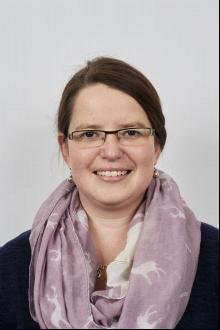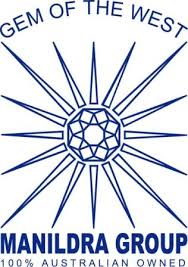POTENTIAL OF ENERGY SAVING SCHEMES
Karlien Potgieter
Process Engineer – Chemical Recovery – Visy Pulp & Paper Tumut Mill, NSW Australia
Email: This email address is being protected from spambots. You need JavaScript enabled to view it.
Keywords: energy, optimisation, energy savings scheme, energy certificates
The Lime Kilns are the biggest natural gas users at Tumut Mill, always online and consuming natural gas when the Mill is running. The quality of the produced lime, Calcium Oxide (CaO), is also critical to the Mill stability and efficiency, helping ensure strong white liquor (SWL) quality is met and produced at the required rate for use in the digester. If either the quality or the production rate of the lime does not meet requirements, pulp and paper production will be affected.
The energy of the natural gas is not perfectly stable, therefore without regular operator consideration of variables and manual input into control changes, the most effective and efficient control was not always maintained on the two kilns. This presented a perfect opportunity for implementing automated monitoring controls, to stabilise the operation of the two kilns, while ensuring multiple variables around the kilns are constantly considered and controlled within allowed ranges. The stabilisation of the kiln operating variables allowed for the energy usage on the kilns to be optimised by controlling the energy supplied into the kilns, instead of the natural gas flow, which ultimately achieved the natural gas savings.
The benefit of automated controls to standard conditions is that the band within which all variables are controlled can be tightened and stabilised, resulting in improved quality and efficiency. It is critical to ensure that the process measurements that are required to maintain the control, is calibrated, and proven to be accurate. This includes a calibration system in place and that ongoing maintenance is performed on these measuring devices and the process, to ensure that conditions can be controlled continuously to standard conditions with as little as possible drift in them.
The opportunity for other energy consuming processes would be to identify a process that require constant monitoring, consideration, and adjustment of many process variables on a continuous basis, where a best practice control methodology can be developed and automated on control software. The Visy kiln project used the existing SCADA system and had no specific costs to implement this project, apart from the associated costs of the normal working hours of the team who implemented this and the verifying of the gas flowmeters.
The potential for energy savings allowed the project to be registered into the NSW Energy Saving Scheme (ESS) that generates Energy Saving Certificates (ESC) if the project is successful and pass an IPART audit. These ESCs are then sold at the variable ESC market price, which is available at the time when it is sold. This project had the added potential of being registered as a Measurement and Verification Plan project within the scheme. This allows for the upfront generation of ESCs over the expected 10-year project life.
The ESS part of the project has potential on any project that can show direct electrical or natural gas savings. By registering this project for the ESS, not only was there financial benefit from gas savings but the added income generated from selling the ESC. This paper focuses on some of the steps and benefits of identifying energy savings projects that can be registered for Energy Saving Schemes.

Karlien Potgieter completed her B.Eng Chemical Engineering Degree at the University of Pretoria, South Africa, in 2007 and joined Sappi Paper and Paper Packaging in 2008 at their Enstra Mill. In 2010, she moved to the Ngodwana Mill, where she worked in several different process engineering positions in the Chemical Recovery sections of the Mill. She was also part of the Sappi Project GoCell team to upgrade the Chemical Recovery Section as part of the project to convert a fibre line to produce Specialised Cellulose. In 2017, she moved to the United Kingdom to complete a master’s degree in Energy Engineering and Environmental Management before joining Visy Pulp and Paper at the Tumut Mill in 2019. Her current role has a high focus on energy improvements and optimisation. She is a registered professional engineer with the Engineering Council of South Africa.





































